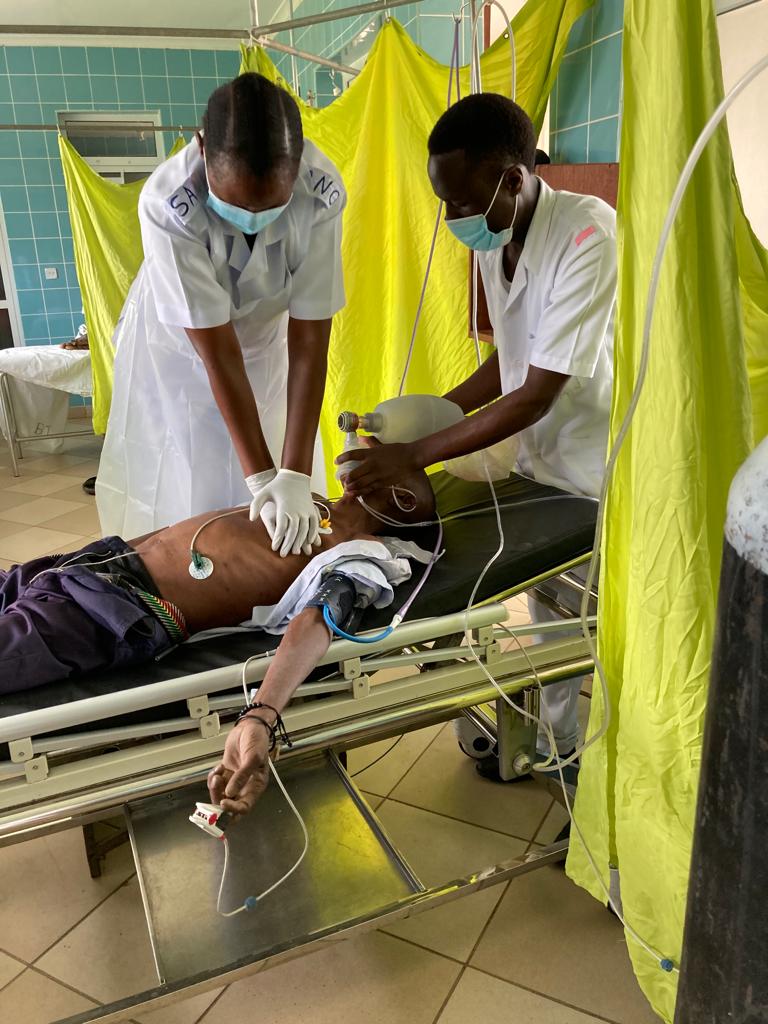Emergency Medicine

Emergency medicine in sub-Saharan Africa is an underrepresented medical specialty, particularly in rural areas, but has recently been identified as a specialty with high clinical relevance. The Emergency Department (ED) at St. Francis Referral Hospital (SFRH) was established in 2015 as one of the first emergency services in Tanzania. The main objectives of the ED project are to provide a 24-hour emergency medical service, train medical staff in triage, emergency medicine, point-of-care ultrasound and incorporate clinical research.
The SFRH serves a population of more than 1 million people in the Kilombero, Ulanga, and Malinyi districts of Tanzania. Prior to the start of the project in September 2015, there was no emergency department in place. Within the newly built facilities, funded by the Swiss Agency for Development and Cooperation (SDC), the former outpatient clinic was transformed into an ED by integrating a new emergency room for patients with serious illnesses. The ED is staffey by seven clinical officers, six to ten rotating doctors and 13 nurses work. All patients are triaged using the South African Triage Score to classify patients into three severity categories and prioritise medical assessment and treatment for those most in need. The ED operates on three shifts, 24 hours a day.
Emergency drugs, fluids and other consumables are always available. Patients are diagnosed using clinical skills, ultrasound, electrocardiogram (ECG) and point of care tests (malaria rapid tests, urine dipstick, urine pregnancy test, blood glucose and HIV tests). The iSTAT point-of care-system (Abbott, Chicago, USA) was introduced in March 2020: Laboratory markers such as haemoglobin, electrolytes, liver enzymes, creatinine and blood gas analysis are measured in the ED, with results available within 5 minutes. Patients are diagnosed, stabilised and treated within the emergency room, including recommendations for treatment in the first 24 hours on the wards.
In 2021, an oxygen plant was installed at the SFRH, including pipelines to supply oxygen to the ED, theatres and wards. This oxygen plant was financed by the Rudolf Geigy Foundation, Basel, Switzerland. In addition, the oxygen cylinders can be refilled for other health centres in the district.
Towards a sustainable financing model
Rising turnover and capacity
Clinical research projects linked to the Emergency Department
Achievements


